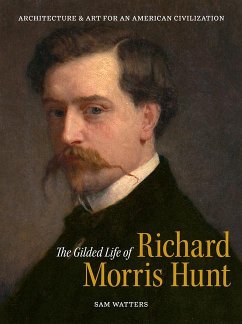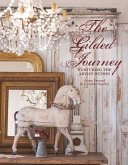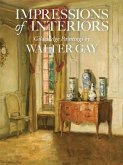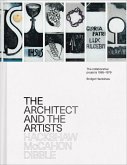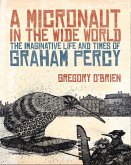"Celebrated internationally in the nineteenth century as America's premier architect, Richard Morris Hunt (1827-1895) is best known for his opulent Gilded Age mansions, including Biltmore, the Breakers, Marble House, and other landmark works. Yet Hunt's impact on American culture after the Civil War ranges far beyond his elegant palaces. In The Gilded Life of Richard Morris Hunt, historian Sam Watters reveals Hunt's remarkable influence in creating the institutions and conventions that transformed Old World values into his generation's idea of an American civilization, through architecture, interior design, sculpture, painting, and the ardent advocacy of artisan trades. The first American to study at the renowned âEcole des Beaux-Arts in Paris, Hunt cultivated a transatlantic network of wealthy, influential men during a period of class revolution. Fearful of losing their industrial fortunes and values to the laboring immigrant poor-and driven by a moral obligation to instruct the masses in what was beautiful, true, and good-Hunt's society concurred on what was needed to define, protect, and perpetuate their ideas of a civil society. To this end and to instill the Eurocentric culture required for global acceptance and dominance, they conceived and built museums, libraries, skyscrapers, apartment houses, and castles. Watters repositions Hunt's life and forty-year career in light of new discoveries and connections made through his meticulous study of the Richard Morris Hunt Collection at the Library of Congress. Featuring Hunt's drawings, images he collected, and portraits of his family and privileged inner circle, this dynamic biography evokes the powerful social and financial networks that defined the contours and content of American culture. This visually rich portrait of life and thought among America's ruling one percent features 200 illustrations that include selections from the Library's archives, along with illuminating new floor plans and photographs"--

